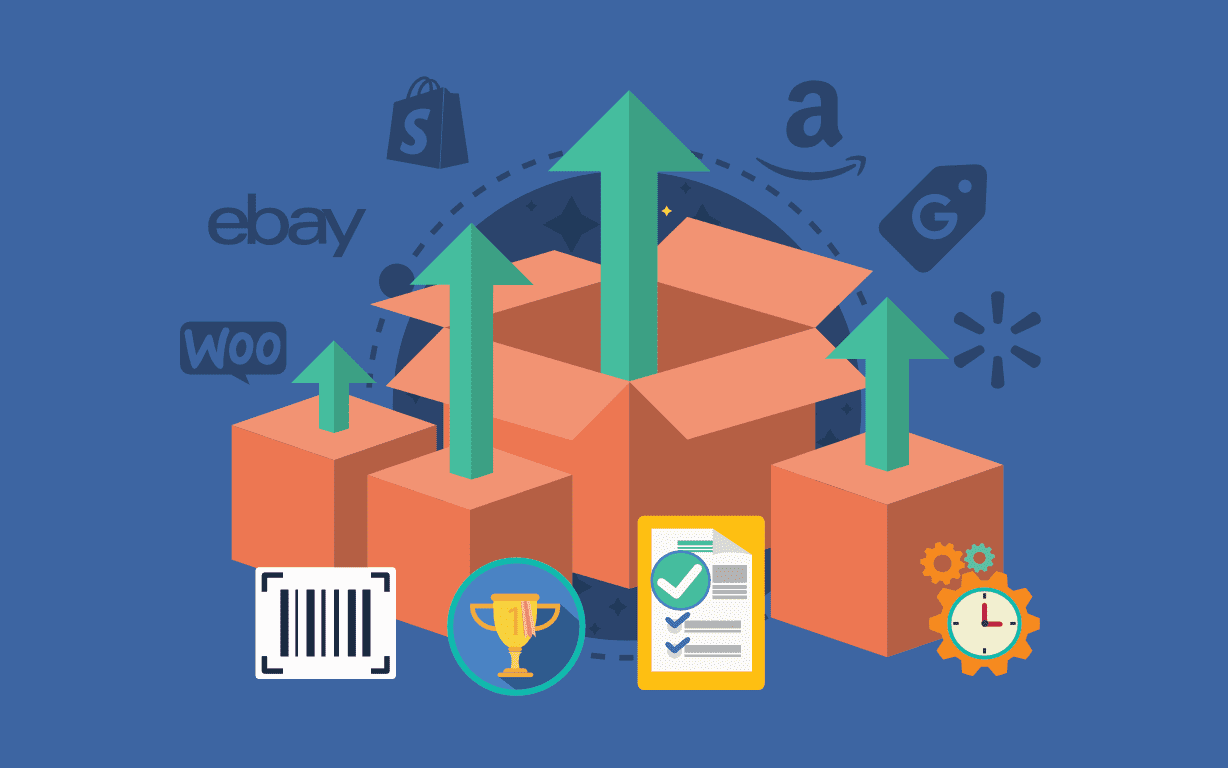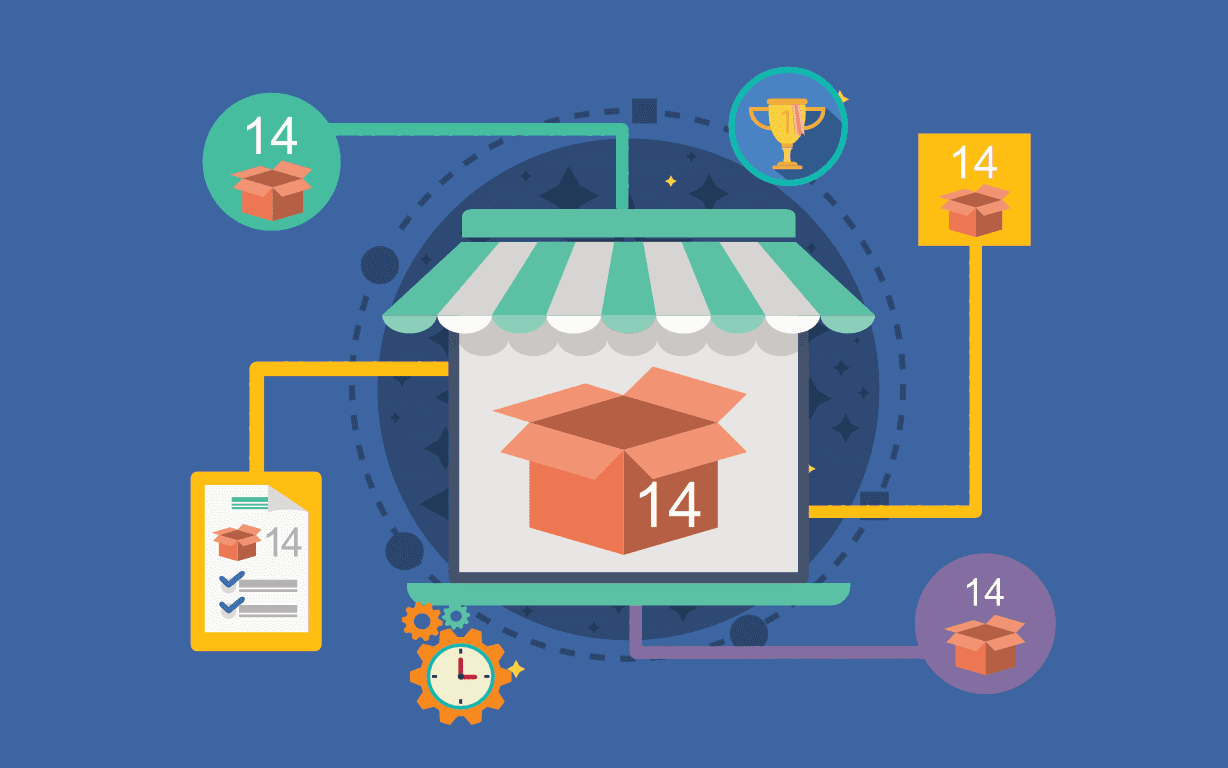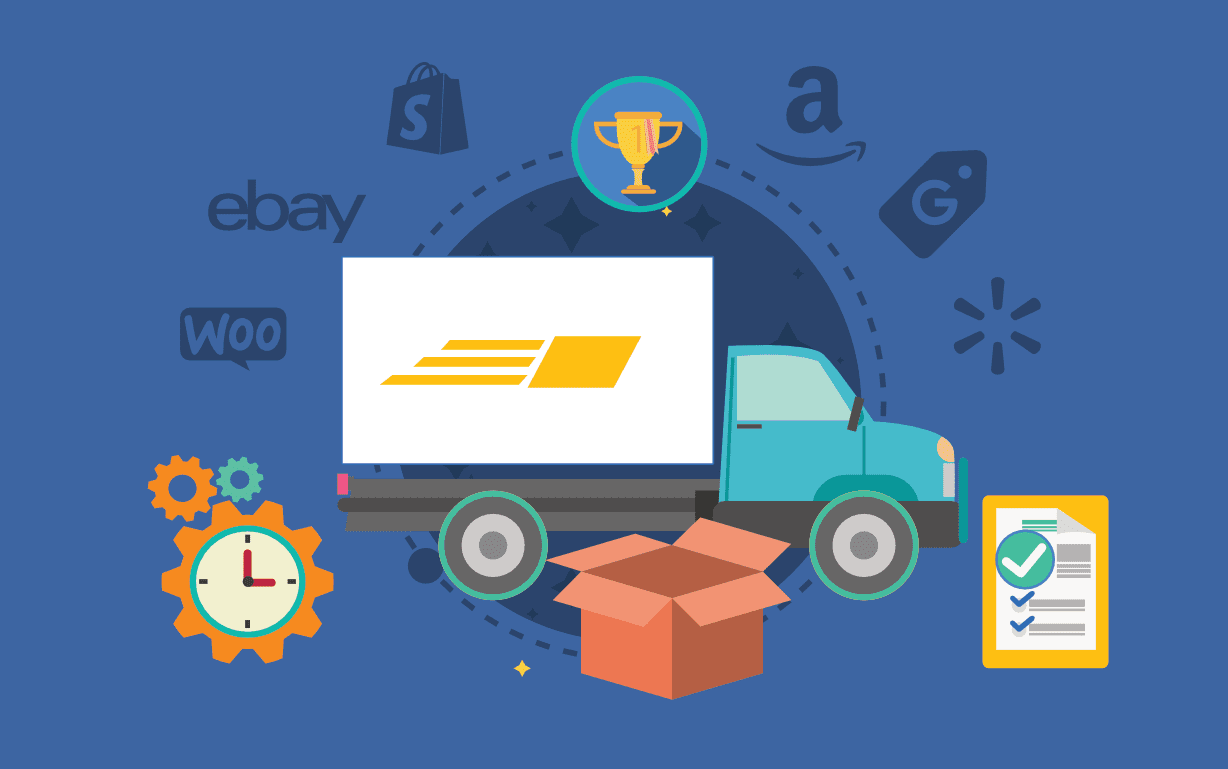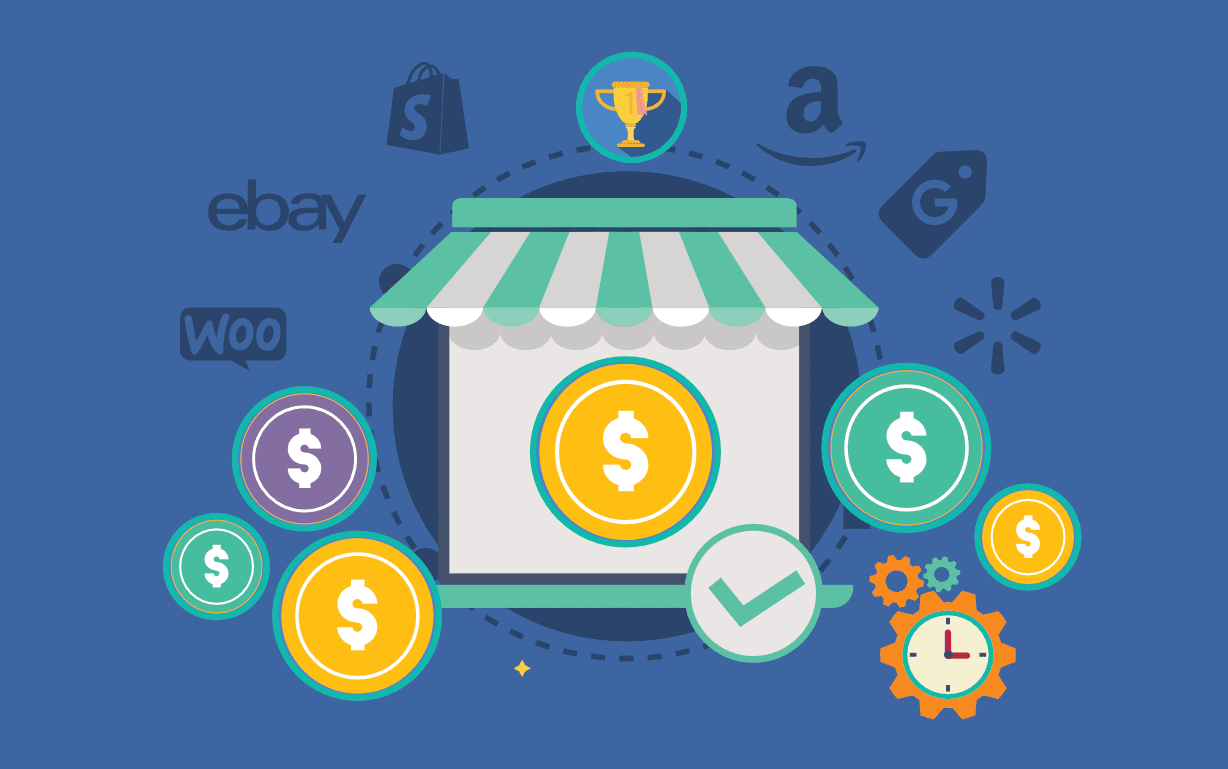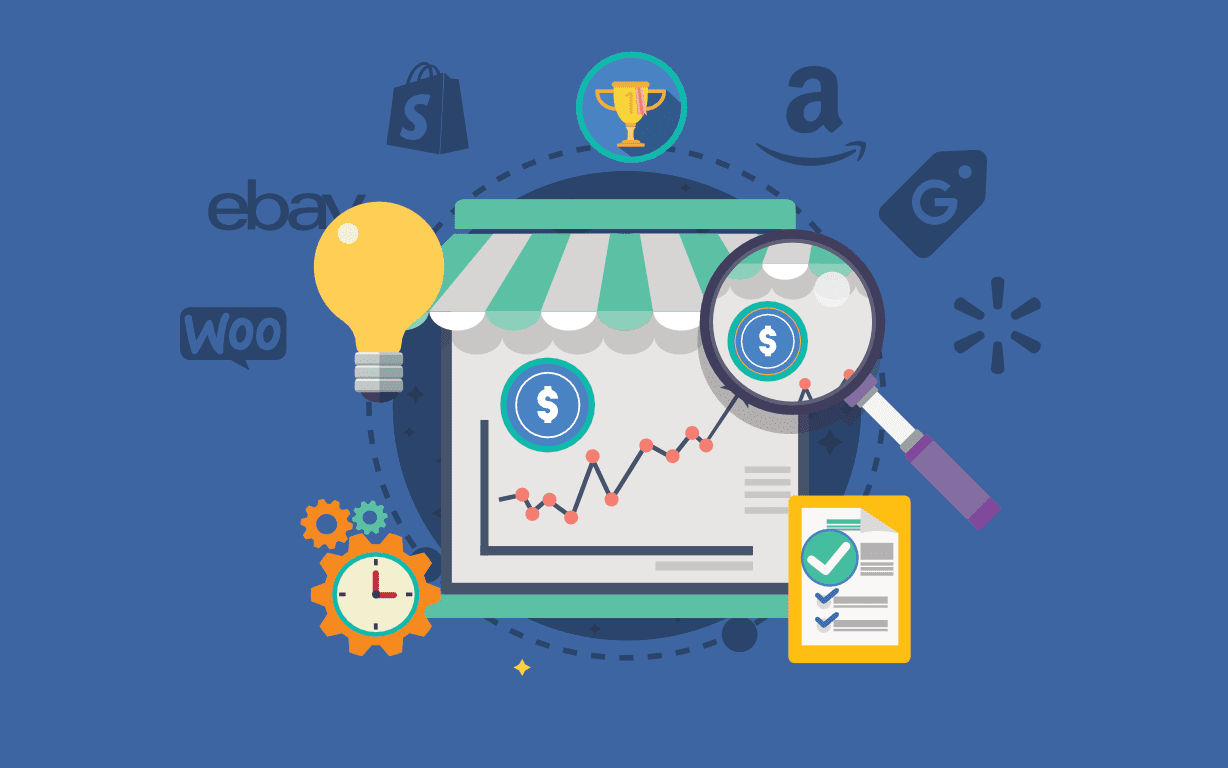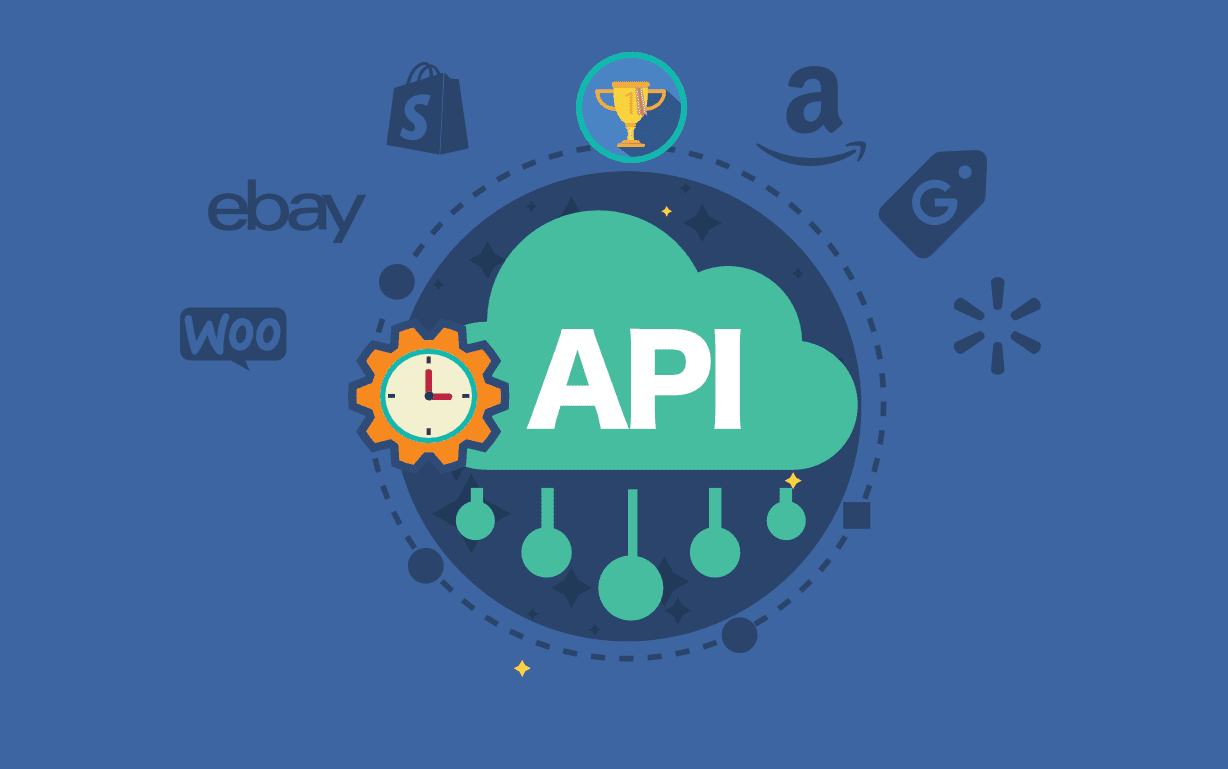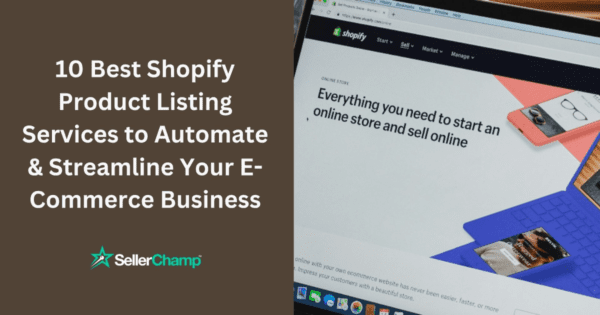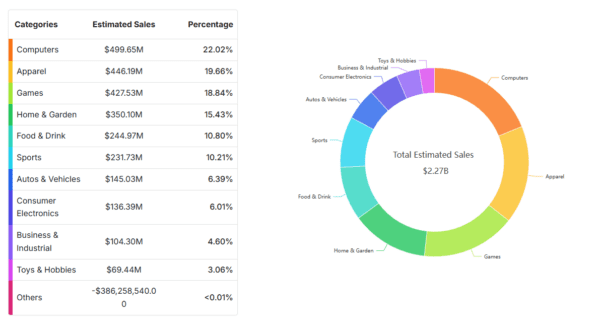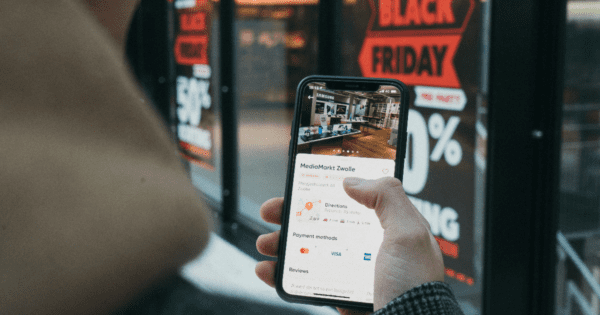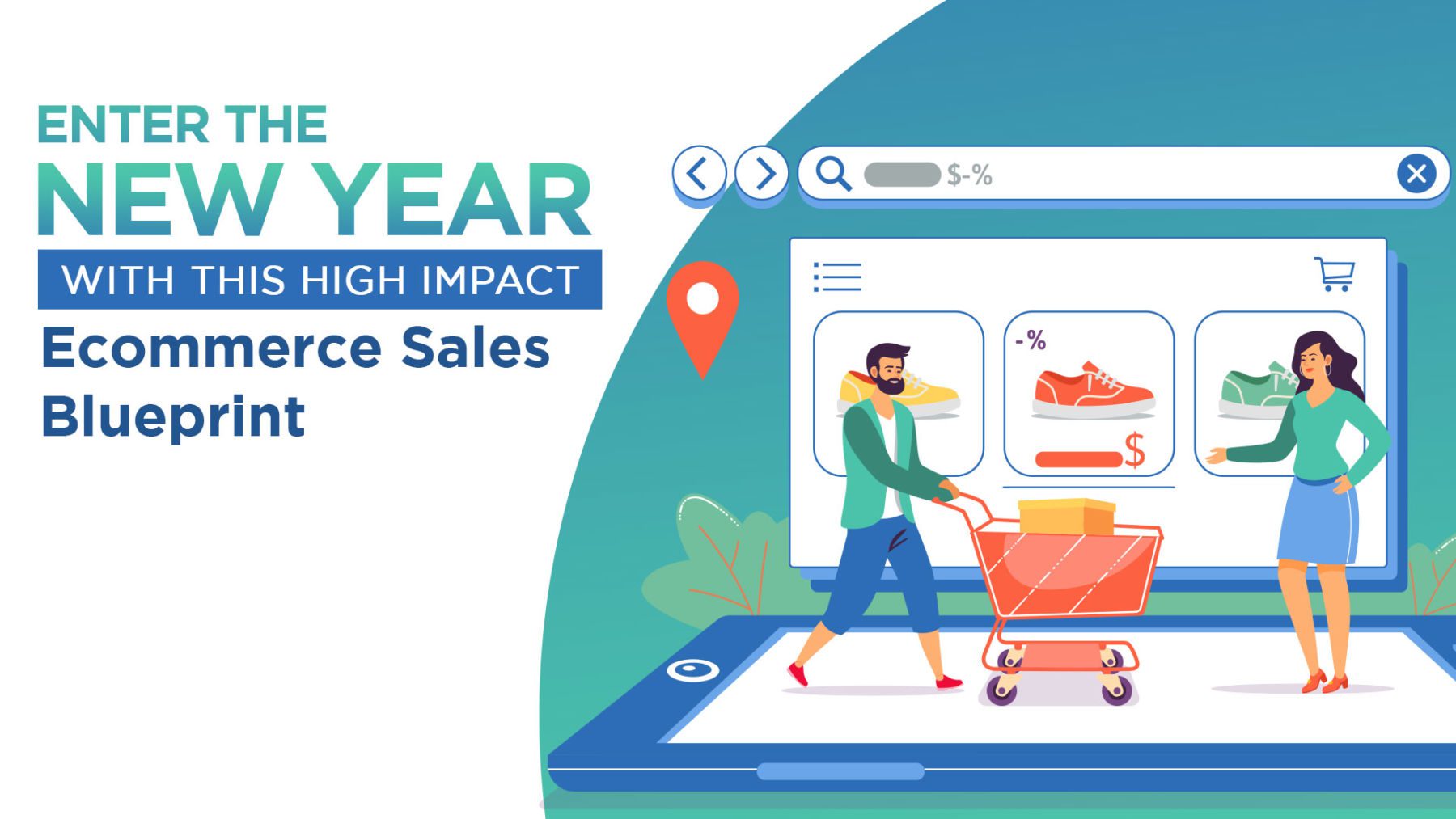
Enter the New Year with This High-Impact Ecommerce Sales Blueprint
The eCommerce sector witnessed a remarkable boom in the backdrop of the pandemic. With the forecast of global eCommerce sales skyrocketing to $4.89 trillion in 2021, eCommerce brands stand a chance to scale their growth and rack up incredible profits in the coming years.
But this shift to online shopping has significantly changed shopping patterns and consumer behavior. Buyers are more receptive to personalization, gamification, and similar trends.
So, if you’re looking to tap into these trends and create a thriving eCommerce business with an upward sales graph—you’re at the right place.
This article will answer questions about changing customer expectations, proven marketing strategies, and optimized sales workflows to present a high-impact eCommerce business blueprint for the coming year. So, gear up and dive in.
6 Strategies to Accelerate Ecommerce Sales
With an expected increase of 13.7% in eCommerce sales from 2020 to 2021, a lot has changed in a year. So, prepare the groundwork to transform your business into a million $ eCommerce store in 2022 with these six proven strategies and watch your sales soar.
1. Use gamification
Gamification is about personalizing the shopping experience by incorporating game-like elements on your eCommerce app or website. Simply put, it’s a marketing tactic to grab a prospective buyer’s attention with an intriguing game, which wins them a prize and motivates them to shop further.
Gamification can increase customer engagement and ultimately encourage visitors to take action—with 60% of consumers claiming they would buy from an eCommerce brand that includes interactive games in their shopping experience.
Here’s an eCommerce business example of Gwynnie Bee that did this perfectly with its digital scratch card offering discount offers. The clothing-subscription brand added an element of intrigue and excitement for their buyers with this creative gamification strategy.

From spinning the wheel to collecting points and leader boards, eCommerce brands can use a host of gamification elements. Here are a few popular ones:
- Use product quizzes to offer personalized product recommendations to your customers. Create unique questions based on the products on your eCommerce website and link them to a product purchase page. Look at Spongelle’s quiz to inspire your own.


- Create a customer loyalty program to offer exclusive coupons and discounts. A loyalty program will reward a buyer’s loyalty to your brand with exciting points or deals. This can help increase revenue through repeat purchases. The Body Shop’s Love Your Body Club shows how it’s done.

- Use spin the wheel games on your homepage to attract new customers and offer them perks like free shipping, rewards, and discounts. Create customized wheels for festivals and retail holidays to maximize conversions.
2. Leverage email marketing
Fact: Three abandoned cart emails result in 69% more orders than a single email.
When a buyer abandons their cart, create a personalized email with an irresistible discount coupon to bring them back and complete their purchase. Heirloom Snacks does it perfectly with this customized abandoned cart email.

Besides minimizing cart abandonment, you can leverage email marketing to engage with every customer and send them the latest promotions to drive more sales.
Learn from Yotpo’s email marketing strategy of adding discounts to post-purchase emails, which surged their conversion rate from a mere 2% to 26.38%. They added a simple offer to give a 20% off to customers who gave them a review.
3. Delight your customers with a great shipping experience
When a buyer doesn’t receive their order timely, they’ll constantly track the shipment until they end up cancelling it and give you a bad review. Delayed deliveries become even more problematic during the holiday season when 86% of online shoppers expect timely delivery.
Creating an effective shipping strategy will go a long way in maximizing customer satisfaction. It can even become one of the biggest differentiators for your eCommerce business.
Here’s how you can strategize for timely shipping and delivery:
- Offer multiple shipping options to your buyers—free shipping for standard delivery and paid shipping for faster delivery.
- Give an exit offer—percentage-off discount, dollar-off discount, or a free add-in product.
- Use third-party logistics to handle your eCommerce store’s logistics and delivery operations.
- Reduce the delivery time by forecasting sales and managing your inventory. An intuitive software like SellerChamp can automate the inventory management process and cut the hassle.
4. Use chatbots to improve customer loyalty
Excellent customer service is the prerequisite for a seamless client acquisition blueprint. You can set yourself apart and gain a competitive edge with an efficient and effective customer service setup.
So, what’s the best way to win over your visitors and convert them into buyers? Chatbots!
A chatbot is a multifunctional resource for an eCommerce business to succeed on multiple fronts—from lead generation to customer service. A well-trained conversational chatbot can answer customer questions and ease their buying decision, ultimately enhancing their journey.
Take a leaf out of Aerie’s playbook with their exciting use of chatbots to offer product recommendations and comparisons to their buyers. This bot first understands the user’s preference and shares a couple of products that fit their requirements. It’s a whole new way of buying lingerie online.

Here’s a helpful list of ways you can leverage a chatbot for your eCommerce store:
- Add a sales capability to your chatbot for more direct sales. You can guide your customers through the sales funnel-from getting relevant information to booking a demo call, like Sephora’s chatbot.

- Recommend products to customers directly through the platform. Simplify the purchase process and buying decision with an intelligent chatbot. Lidl’s Winebot Margot does it flawlessly with its spot-on recommendations based on the user’s choices.

- Create FAQ chatbots to resolve customer queries instantly. Train your chatbot to answer pre-written questions or direct the user to the FAQ page. Lego’s famous Facebook chatbot, Ralph, helps customers with any questions. It has managed to boost conversion rates exponentially!

Chatbots offer a versatile solution to drive sales and enhance the customer experience. So, build a chatbot for your website to entice visitors to make a purchase effortlessly.
5. Create an omnichannel presence
Diversifying your eCommerce presence across multiple platforms is likely to get you more sales than focusing on a single store—given that omnichannel purchases outrank single-channel orders by 250%.
So, create multiple touchpoints for your customers—from text messages and social media chats to emails, target and retarget your audience for better conversions.
Here’s how you can leverage an omnichannel eCommerce business blueprint:
- Add a strong call-to-action for every communication with your target audience, and A/B test your campaigns to keep iterating for the best results.
- Include an easy buying option when you put up products on your social media stores to encourage more hassle-free sales.
- Segment your customers based on preferences and behavior to plan campaigns for different channels.
- Use marketing automation tools to enhance your omnichannel capabilities and personalize messaging across platforms.
While these strategies will amp up your omnichannel marketing framework, you must streamline your eCommerce workflows for timely order fulfillment. This is where SellerChamp can solve all your worries!

SellerChamp enables you to connect multiple platforms into a single dashboard and manage every order seamlessly. You can create customized workflows for your business and fulfil orders from social media, emails, online marketplaces, and the website without any extra effort.
6. Optimize your sales
If there’s one way to prepare your eCommerce store for better sales performance, it’s to consistently track and analyze your sales numbers.
Review the results you are achieving with your current strategies using these parameters:
- Check your monthly numbers for sales, expenses, and profits to plan your bandwidth for increasing these figures.
- Assess the results you’ve achieved against the strategies implemented—like, how many abandoned carts did you convert with incentivizing emails.
- Understand the customer behavior trends and how well you’ve capitalized on them.
However, data analytics for your eCommerce business is incomplete without a powerful tool to give you actionable insights. Enter—SellerChamp, an all-inclusive eCommerce management platform offering a magnified look into the nitty-gritty of your business.

SellerChamp creates smart reports and real-time updates about your online store to aid decision-making and optimization. You can track and compare your progress to boost sales effortlessly.
How to Step Up Your Sales this New Year: Wrap Up
Most eCommerce businesses follow a tried-and-tested approach to driving sales—leveraging social, offering free shipping, or giving discounts. But without a proper eCommerce business blueprint to back up these strategies, you might never see the best results.
So, use this blog to create the right foundation for your online venture and shoot up your sales in the coming year.
Scale your eCommerce business to unprecedented heights with a power-packed platform like SellerChamp. Automate your entire workflow to manage multi-platform sales, track inventory, and strategize for the future using this fully-featured tool.


